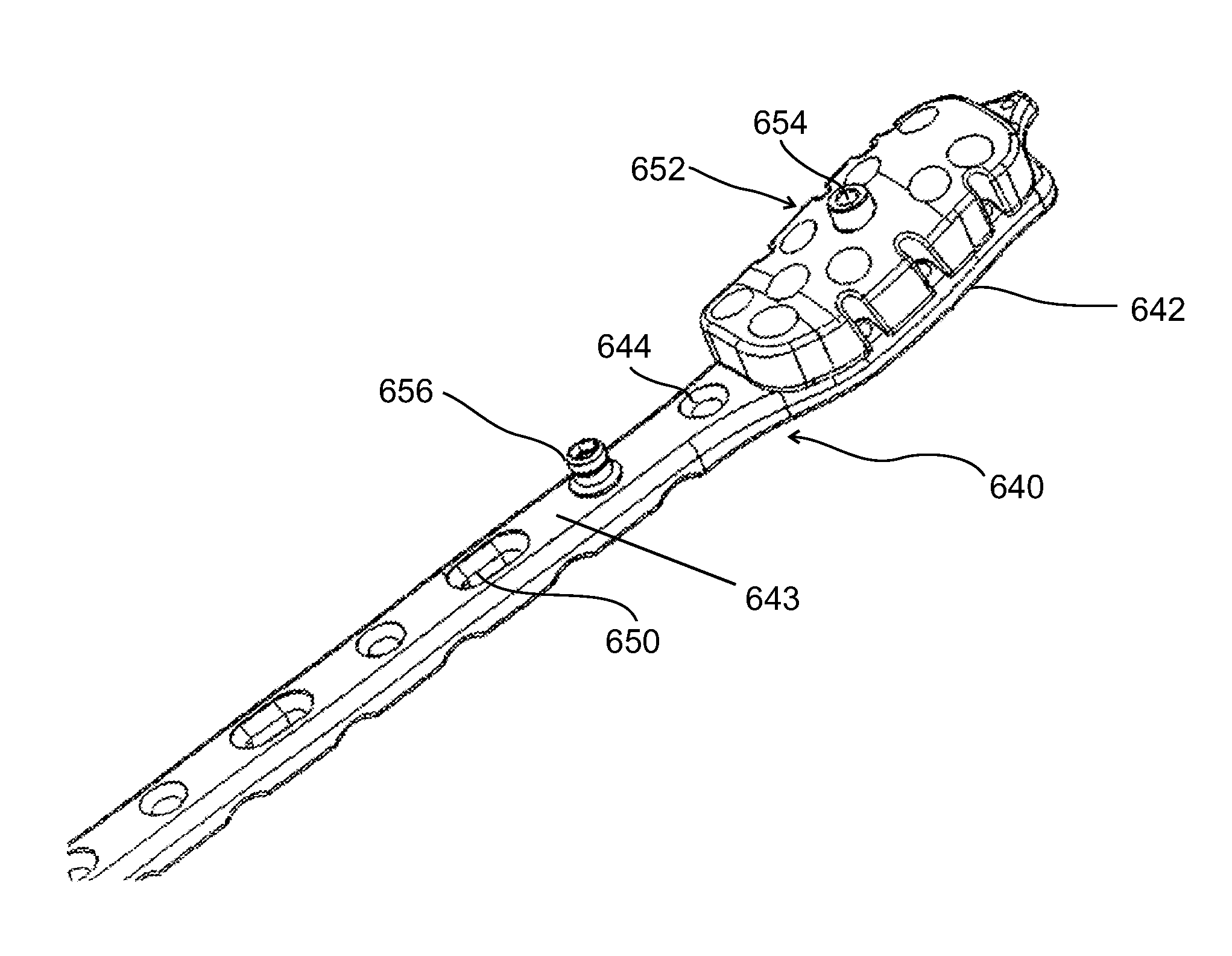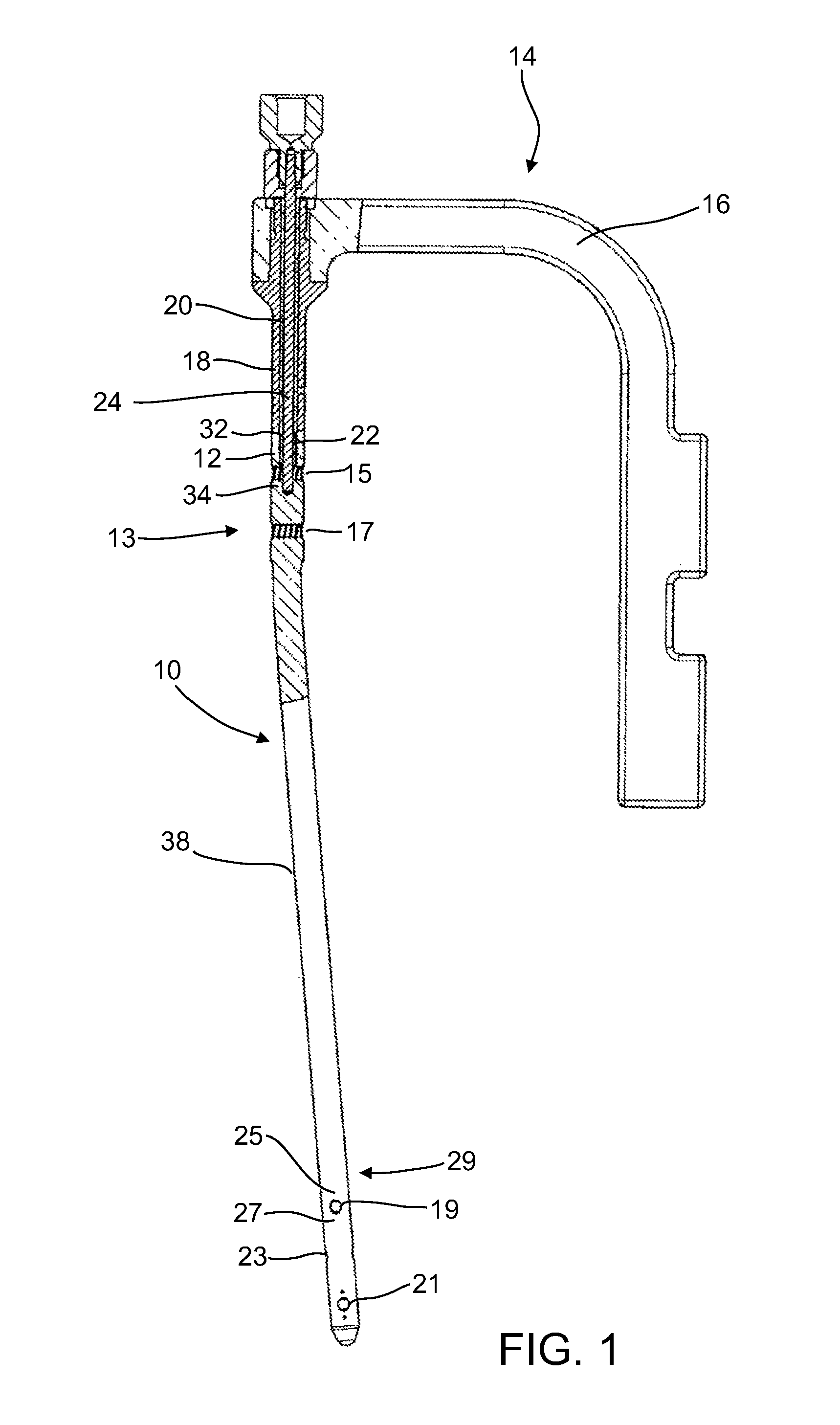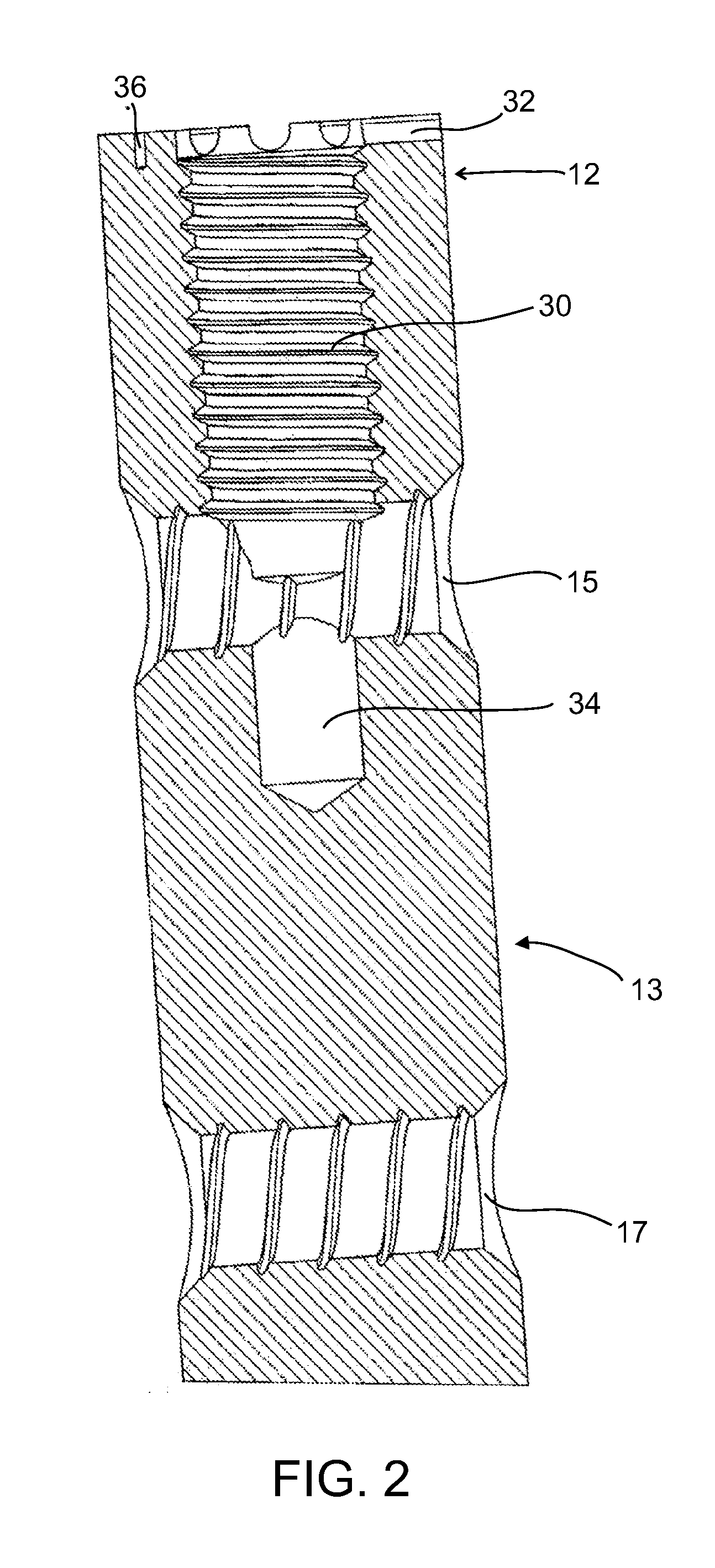Composite material bone implant
a bone implant and composite material technology, applied in the field of composite material bone implant components, can solve the problems of bone deterioration and resorption, stress shielding, and a relative high degree of stress, and achieve the effect of reducing friction
- Summary
- Abstract
- Description
- Claims
- Application Information
AI Technical Summary
Benefits of technology
Problems solved by technology
Method used
Image
Examples
Embodiment Construction
Overview of Features of Some Embodiments of the Invention
[0101]The present invention in some embodiments thereof, relates to composite material bone implant components, devices and systems, and to methods for manufacturing and using such components, devices, and systems, as well as to surgical instrumentation and procedures used during implantation. More particularly, but not exclusively, the invention relates to bone-supporting components such as bone nails and bone plates, to implant fixation components such as bone screws and pegs formed of fiber-reinforced polymer matrix composites.
[0102]In the following overview, except as otherwise indicated, it is to be understood that the implants described are all formed mainly (e.g., at least 50%, 60%, 70%, 80% or intermediate amounts of the load bearing portions thereof) of a fiber-reinforced polymer composite.
[0103]An aspect of some embodiments of the invention pertains to a bone implant component, e.g., a bone nail, a bone screw, or a p...
PUM
 Login to View More
Login to View More Abstract
Description
Claims
Application Information
 Login to View More
Login to View More - R&D
- Intellectual Property
- Life Sciences
- Materials
- Tech Scout
- Unparalleled Data Quality
- Higher Quality Content
- 60% Fewer Hallucinations
Browse by: Latest US Patents, China's latest patents, Technical Efficacy Thesaurus, Application Domain, Technology Topic, Popular Technical Reports.
© 2025 PatSnap. All rights reserved.Legal|Privacy policy|Modern Slavery Act Transparency Statement|Sitemap|About US| Contact US: help@patsnap.com



